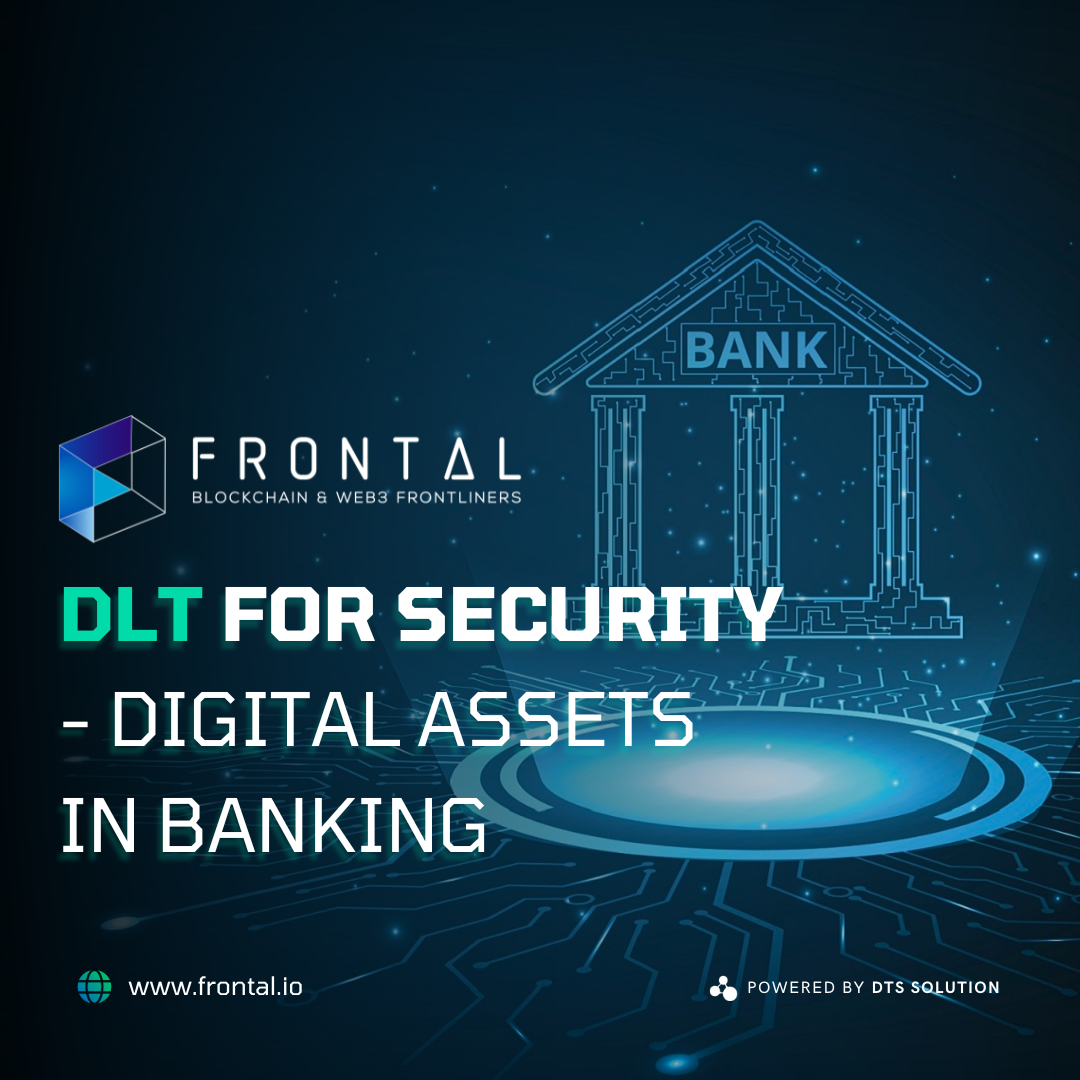In today’s fast-paced digital world, banks must protect their digital assets effectively, and digital ledger technology (DLT) can help them achieve this goal. This article will explore the benefits of DLT for financial institutions and how they can use it to stay ahead of the competition.
Understanding Digital Assets
Before discussing the benefits of DLT, it’s crucial to define digital assets. In general terms, digital assets are assets that can be stored virtually, whether on or off the blockchain. Some definitions consider digital assets as things of value tracked on a distributed ledger platform, such as cryptocurrencies or NFTs.
Benefits of Blockchain Technology for Financial Institutions
Blockchain technology is a distributed ledger technology designed to track ownership of digital assets in a decentralized network of servers. Financial institutions, such as banks, can benefit from this technology in various ways. Here are some of the biggest benefits:
- Proof of Ownership: Blockchain technology is ideal for tracking the ownership of digital assets. It is easy to track and securely transfer ownership of digital assets, and transactions can only be generated with knowledge of the private key of the account that owns the asset. Financial institutions can easily extend this to tracking ownership of their digital assets.
- Rapid Transfers: Blockchain technology enables financial institutions to perform more rapid, large-scale transfers of value among themselves. For example, Bitcoin can complete a transaction in about ten minutes and have the block approving it be financially and statistically infeasible to rewrite in as little as half an hour.
- Audit Logs: Blockchain technology creates an immutable record of the history of the blockchain network. This immutability can be invaluable for financial institutions wishing to accurately and securely track the transactions that they process and the assets that they hold for themselves and their customers.
- Transparency: Most blockchain platforms offer a high degree of transparency. Every node in the network has visibility into the digital ledger; this enables them to review and validate transactions before including them in their copies of the ledger. For transactions performed on a blockchain network, a regulator with access to a blockchain node can achieve a certain level of visibility into a financial institution’s operations and more quickly identify potential issues.
- Resiliency: Blockchain technology is highly resilient. Blockchains are maintained by a distributed and decentralized network of nodes, and no node in this network is essential to the operations of the blockchain. Moving certain operations onto blockchain-based platforms can help financial institutions ensure the availability and resiliency of these services.
- Expanded Markets: Blockchain technology can expand a financial institution’s access to markets. By being the first to provide certain services on the blockchain, a bank can stay ahead of the competition and capture valuable market share.
- Smart Contracts: Smart contract platforms dramatically expand the capabilities of blockchain technology. All of the benefits of the blockchain can also be applied to programs that run on top of the blockchain. The emergence of Decentralized Finance (DeFi) in recent years has demonstrated that many services that were traditionally provided by financial institutions can now be performed on blockchain-based platforms.
- Asset Risk Management: Financial sectors commonly experience periods of boom and bust. Recent events have clearly demonstrated the effects of public perception and shareholders’ fears on the health of financial organizations and other companies. Bitcoin and other cryptocurrencies are globalized and often loosely tied to the health of markets and other currencies. This enables them to act as a counterweight and alternative store of value to help protect the health of financial institutions’ portfolios during times of financial turbulence.
How Banks Can Integrate Blockchain Solutions Securely
Blockchain technology can be beneficial to financial institutions; however, it also comes with potential risks. When planning to move assets or services onto the blockchain, it’s important to consider the following:
Choose The Right Platform
Blockchain technologies come in a few different forms, and different ones are better suited for different use cases. A financial organization may choose public, private, or hybrid blockchains depending on their use case.
For example, a solution designed to track sensitive financial data may need to be hosted on a private blockchain for privacy, regulatory, and security reasons. In contrast, an organization looking to provide new services to its customers may wish to host them on a public blockchain to maximize access.
Perform A Comprehensive Security Audit
Massive hacks of DeFi and other blockchain projects are a regular occurrence. For a risk-conscious industry like the financial sector, this can be interpreted as a major warning sign.
However, one of the most common threads of DeFi hacks is that the attackers exploited vulnerabilities and business logic flaws in unaudited code. By undergoing a comprehensive security audit before release, financial institutions can ensure that blockchain-based service offerings are secure and resilient against potential attacks.
Conclusion
Distributed ledger technology can provide various benefits to financial institutions. By adopting digital assets, banks can stay ahead of the competition, improve their service offerings, and even reap benefits for their own security and compliance.
However, blockchain-based solutions must be designed and implemented carefully to ensure that they don’t become a costly mistake. For more information on securely making the move to the blockchain, reach out to our Frontal security experts here.

